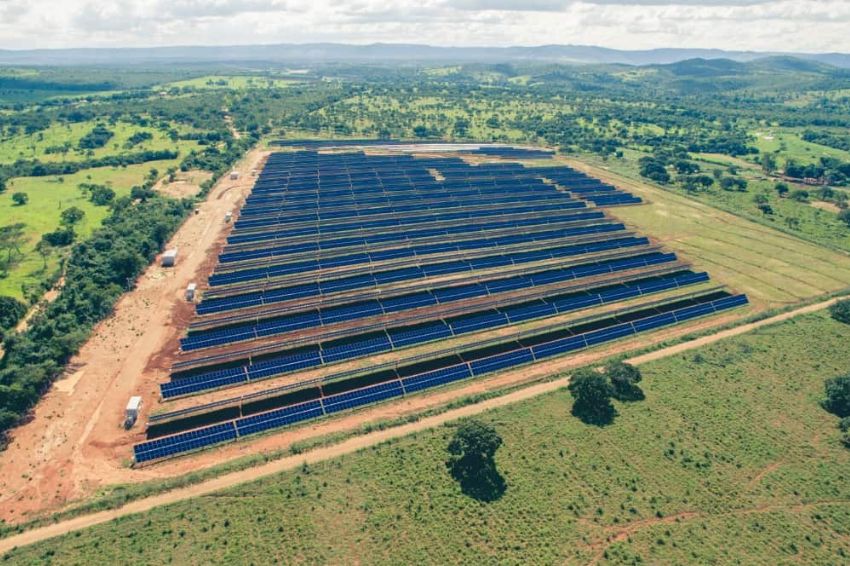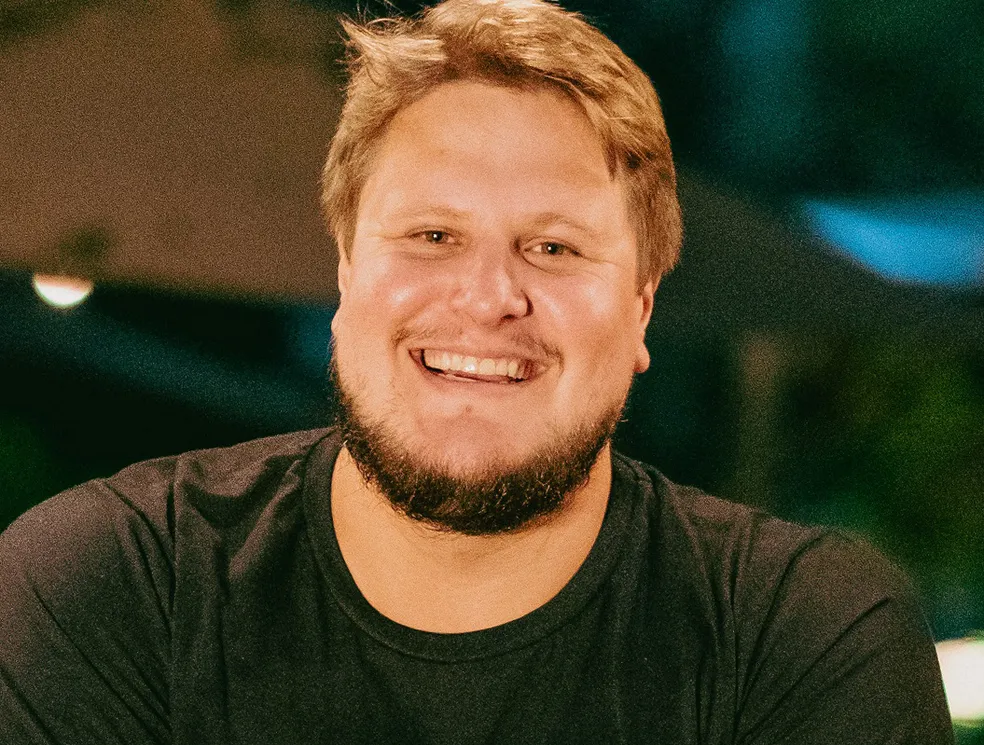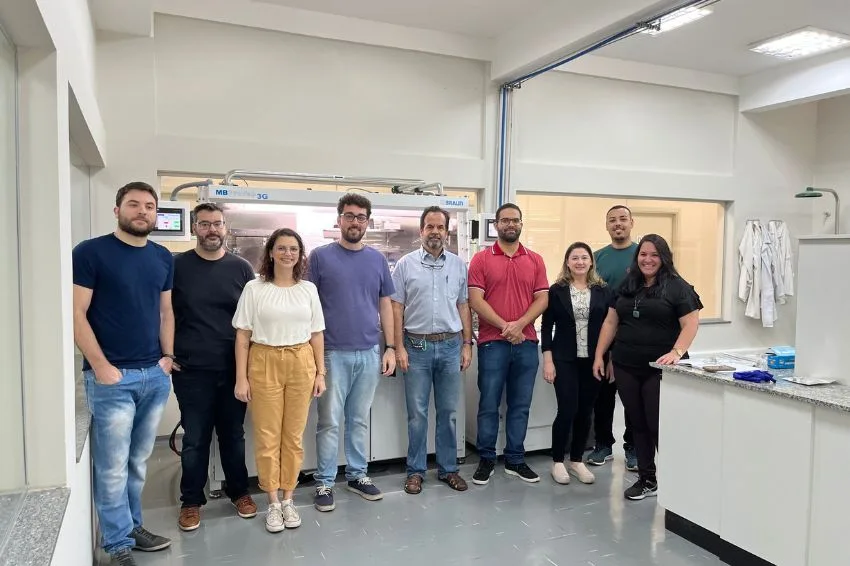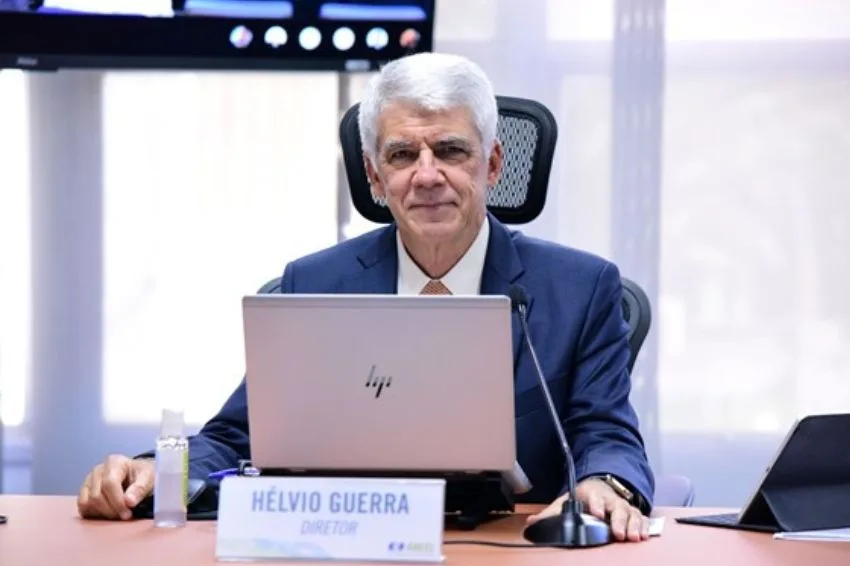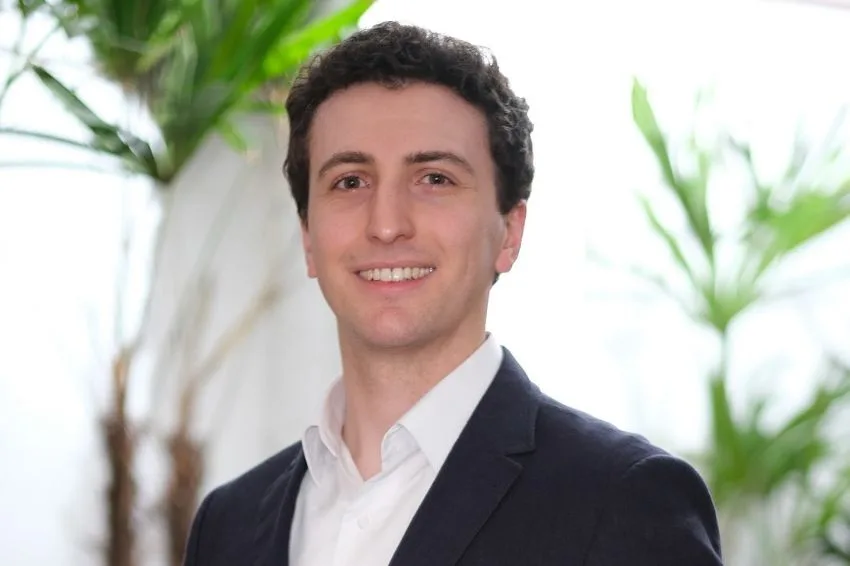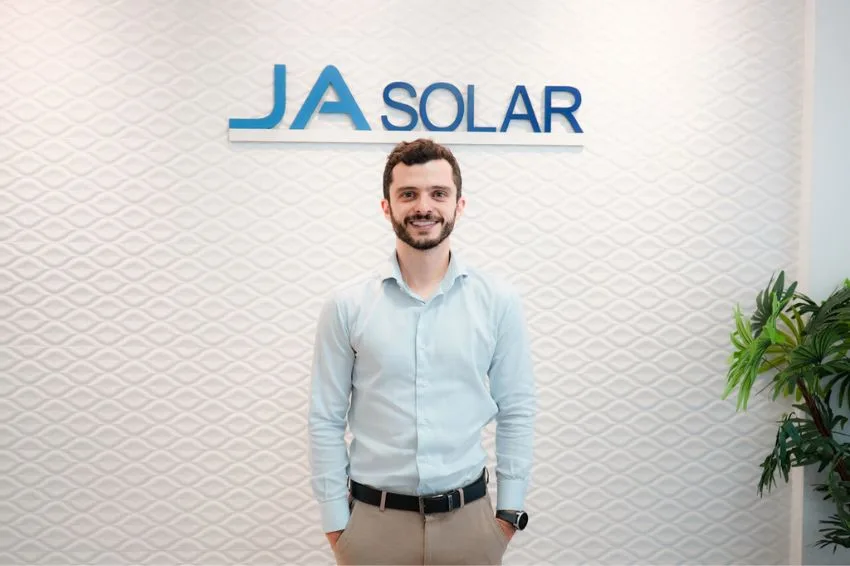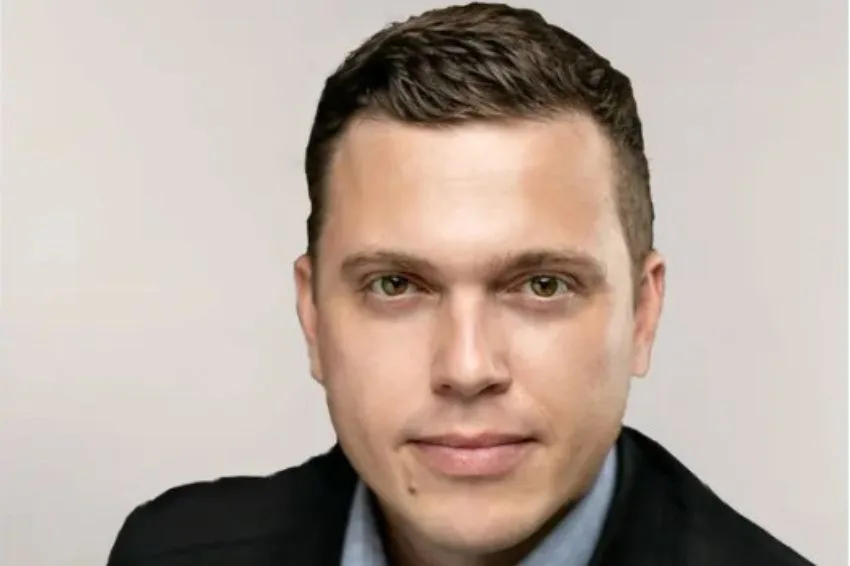With the impetus of Law 14,300, The G.D. (distributed generation) responded for more than 70% of the increase of installed solar energy power in 2022, becoming the second largest source in capacity within the energy matrix, surpassing wind and behind only hydro generation plants.
A GD is a decentralized generation, focused on smaller plants and close to the place of consumption. It is a model that prioritizes small solar plants or other sustainable sources and that allows, for example, individuals and companies to install solar panels on their roofs.
Furthermore, The GD has another possibility still unfamiliar to Brazilian consumers: shared remote generation, in which individuals and companies come together in cooperatives or consortiums to "to hire" one renewable energy plant with the aim of generating part or all of the energy they consume.
This allows that, with few economic resources, it is possible to have access, for example, the solar fountain without the costs acquisition, installation and maintenance of photovoltaic panels.
For those in the captive market (all consumers that are not large industries or retailers), shared generation is the only way to access clean energy without having to make any investment.
It is worth noting that these consumers are not purchasing their own energy. What happens is the generation of credits by these “rented” plants, which are then deducted from the electricity bill.
In Brazil, One of the companies that has been investing heavily in this modality is Lemon Energy, which operates in the sector, bridging the gap between these photovoltaic plants and small and medium-sized businesses in five Brazilian states: São Paulo, Rio de Janeiro, Minas Gerais, Mato Grosso do Sul and the Federal District.
At the invitation of Solar Channel, Rafael Vignoli, CEO of the company, explained more details about how the modality works and talked about his perspectives regarding the future of shared remote generation in the country.
Check out the main excerpts from the conversation below:
-
Rafael Vignoli, CEO of Lemon Energia. Photo: Disclosure
Solar Channel: What are Lemon's prospects for the solar energy sector in 2023?
Rafael Vignoli: We live in a time where we have passed an important regulatory framework (Law 14,300), which has brought legal and institutional security to GD that it did not have in recent years.
For years, there was this anxiety that we could advance this agenda so that we could invest more and more in the sector.
This milestone was one of the important points for us to be able to raise funds in the order of R$ 60 million last year from Lowercarbon, a fund specialized in environmental impact startups.
Now, with the company more capitalized and having this regulatory framework more established, our perspective for 2023 is growth, with the opening of new markets and the loyalty of new customers.
Our objective will be to invest in technology to further expand our platform in Brazil. In the first half of the year, we are going to a new location (Goiás) and we will look for plants to expand operations in Rio de Janeiro (Light) and São Paulo (in the regions served by CPFL Paulista and Elektro).
We are also looking for partners to open new operations in Rio Grande do Sul and Ceará.
In your opinion, what can we expect from this business model? Who is your target audience?
We see enormous potential, precisely because the customer does not need to make any investment (purchase and installation of equipment).
With the exception of Minas Gerais, Brazil does not yet know this business model, considering that penetration is relatively low when you look at other regions, such as São Paulo, for example.
Today, everyone knows something about solar energy. That you have to install it on the roof and that you need to make the investment to do so, whether in cash or with financing.
In the case of small commercial enterprises, it is very difficult for the owner of a bakery or restaurant, for example, to want to purchase a system if the location is not owned by him, because he does not know what the future of the company will be like. company in a few years.
For this reason, we see a very good space for growth in this shared generation model, which allows the customer to have a first alternative to reduce their electricity bill with sustainability and peace of mind.
We understand that it is an ideal model for small traders, who think that their role in the electricity sector is limited to just being an electricity bill payer.
How can a consumer join this business model with companies like Lemon, for example?
To join Lemon, the customer must be in one of our coverage states and spend at least R$ 500 per month on their electricity bill. If it fits these criteria, just register on our website and wait for approval.
If everything is ok, the small business enters the marketplace and starts receiving, within a period of up to 60 days, clean and cheap energy from a sustainable plant.
The discount is between 10% and 20% and there is no need to do any work or change the installation. There is also no charge for the service or any type of fee. The customer continues to receive the bill from the distributor, but only with fees and charges.
What partnerships does Lemon currently have to enable its operations in the market?
In addition to Lowercarbon, our investors are also the Kaszek, Canary, Big Bets and Capitale funds. Last year, we also strengthened the partnership with Ambev, which has been an investor in Lemon since 2020.
We have a joint goal of bringing sustainable energy to 250,000 of the beverage manufacturer's points of sale (25% of Ambev's total points of sale) by 2025.
Another great partnership we signed in 2022 was with Tereos, a sugar-energy company that began supplying sustainable energy to Lemon customers in the region served by CPFL Paulista.
Energy is produced from sugarcane vinasse biogas at the Cruz Alta industrial unit, in Olímpia (SP). The plant produces the equivalent of the consumption of 85 small businesses, with the potential to double the volume in the medium term.
All current production is already contracted through Lemon Energia. The startup will take care of the administration of customers, which are small and medium-sized businesses, managing the energy credits that are generated.
In addition to the partnership with Tereos in the CPFL Paulista region, Lemon already operates in distributed generation in Rio de Janeiro (Light), Minas Gerais (Cemig), Distrito Federal (Neoenergia), Mato Grosso do Sul (Elektro) and São Paulo ( in addition to CPFL Paulista, also Elektro).
In addition to the partnerships with the companies above, does Lemon have room for dialogue with integrators?
What we have seen a lot in some regions of Brazil are integrators who were focusing more on individuals, moving towards the microgeneration line and even becoming generators – from the point of view of having their own plants or providing plant construction services. small.
So, we have increasingly seen this profile of integrators. Therefore, we talk to different customer profiles, whether they are generators or companies that have a hand in the integration or generation of clean energy.


